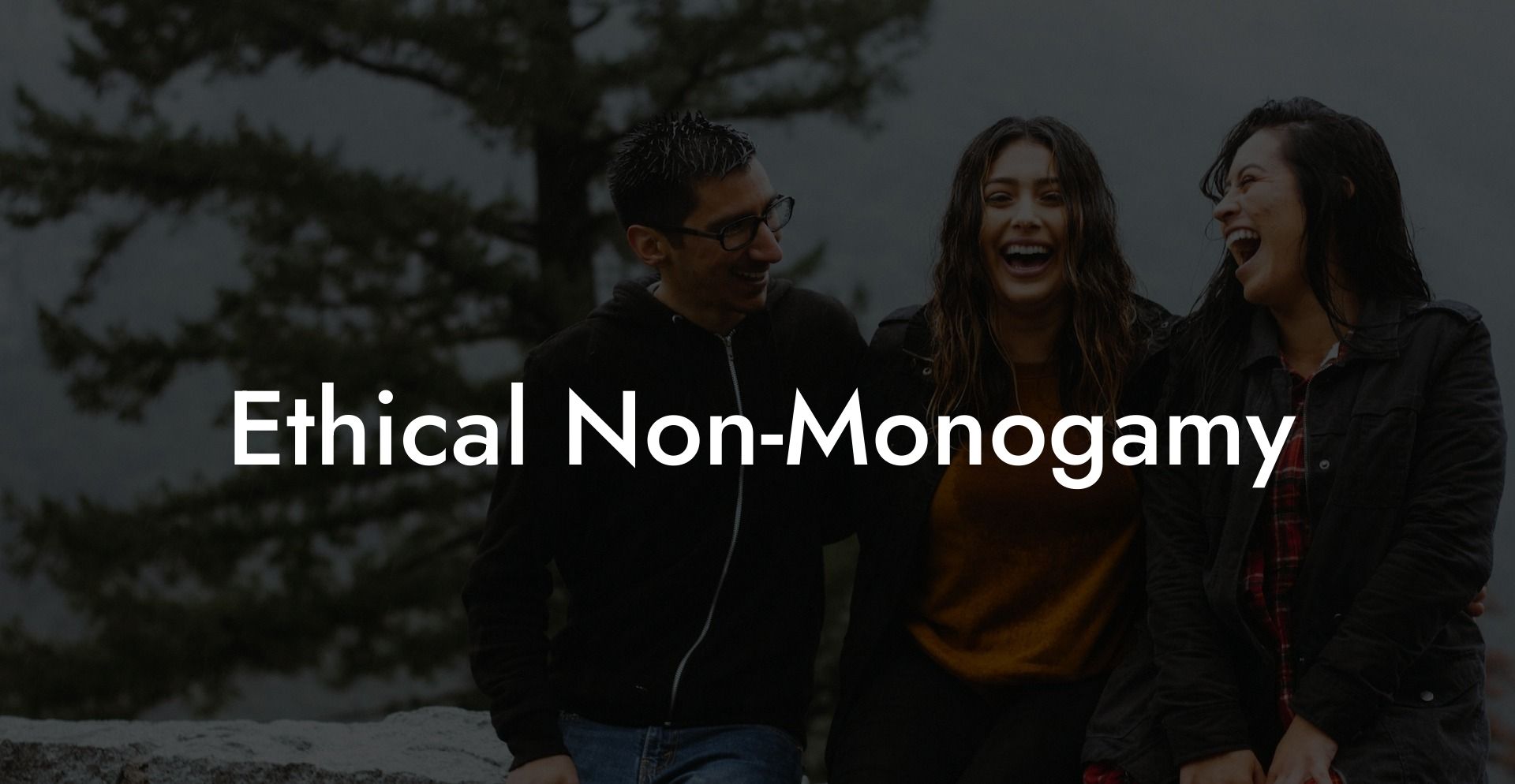In a world with more than 7 billion people, love is not a one-size-fits-all concept. Enter ethical non-monogamy, a refreshing and inclusive relationship structure built on open communication, trust, and respect for individual autonomy. As a way to acknowledge and celebrate the diversity of human connections, ethical non-monogamy has gained ground as a realistic and appealing alternative to traditional monogamous relationships. Let's dive into this fascinating world, offering insights into its various forms, debunking some common myths, and illustrating a real-life example of ethical non-monogamy in action.
Ethical Non-Monogamy Table of Contents
Ethical non-monogamy refers to a consensual approach to relationship structures that allows for multiple romantic and sexual partners. It emphasizes honesty, transparency, and a dedication to open communication in order to nurture and maintain mutually fulfilling connections. Forms of ethical non-monogamy include:
1. Polyamory
In polyamory, individuals are open to having multiple romantic, emotional, and sexual relationships simultaneously. These relationships can come in various configurations, such as solo polyamory (having multiple partners but no primary partner), polyfidelity (committed relationships with more than two partners), and hierarchical polyamory (having primary, secondary, and/or tertiary partners).
2. Open Relationships
Open relationships permit their participants to engage in sexual or romantic relationships outside the established partnership, with the understanding and consent of all involved parties. Some may choose to limit these additional connections to physical encounters, while others may allow for emotional connections as well.
3. Swinging
Swinging, also known as "the lifestyle,” is a form of ethical non-monogamy that primarily centers around recreational sex. Couples in this type of relationship typically engage in sexual experiences with other couples or singles in a variety of settings, such as private gatherings or swinger clubs.
Ethical Non Monog Example
Meet Lucy and Jake, a couple in their 30s who have been together for five years. They love and care about each other deeply; however, both feel passionately that romantic love is not limited to one person. After much discussion and laying out clear boundaries, they have decided to open up their relationship. Each partner can now pursue additional emotional and romantic connections, with the understanding that they must communicate openly and honestly about their experiences.
Lucy and Jake hold regular "check-in" conversations, discussing their feelings and any concerns or suggestions for maintaining a healthy and loving relationship. They have found that this shift to ethical non-monogamy has helped expand their sense of partnership, trust, and intimacy, ultimately deepening their connection on various levels. As Lucy and Jake navigate this journey together, they are living examples of the potential richness and joy that ethical non-monogamous relationships can offer.
Ethical non-monogamy is a relationship structure that challenges conventional norms and offers an expansive and inclusive perspective on love, connection, and partnership. As you explore the diverse world of ethical non-monogamy, remember that every relationship is unique, and the key to success lies in open and honest communication. If this article resonated with you, please spread the word by sharing it with others who might be curious about ethical non-monogamy and join us at The Monogamy Experiment for more informative and engaging content on relationships and love in the modern era.













